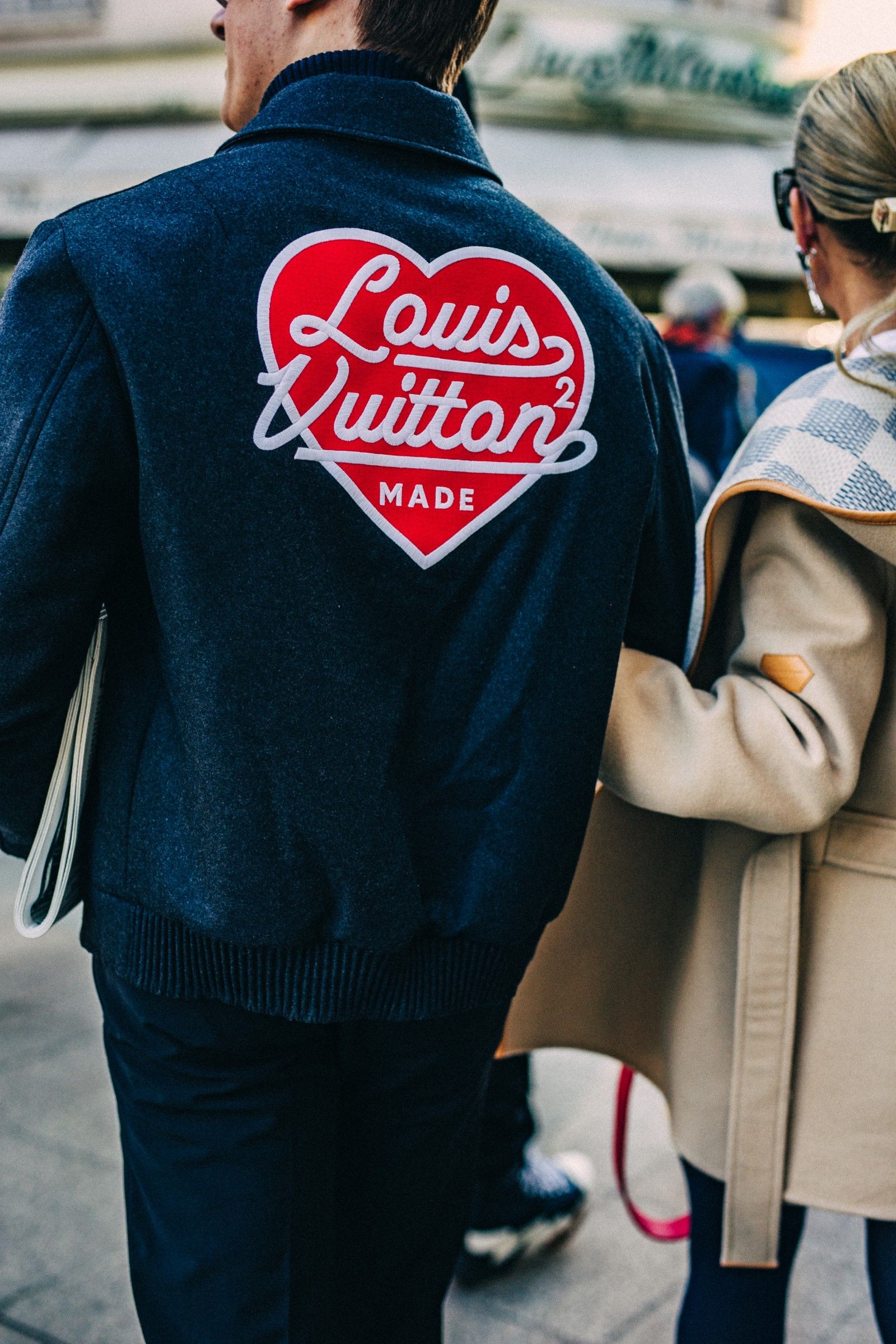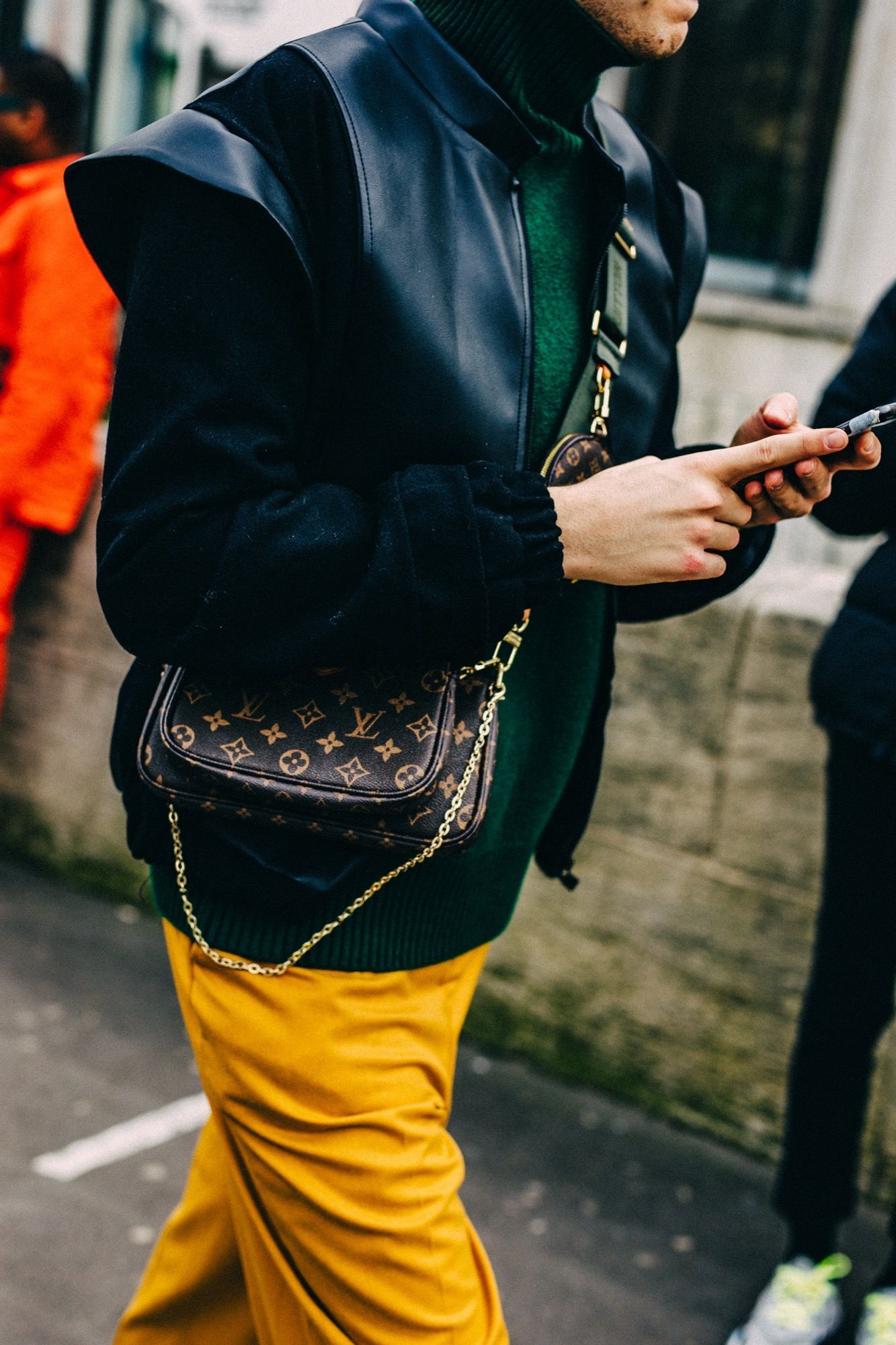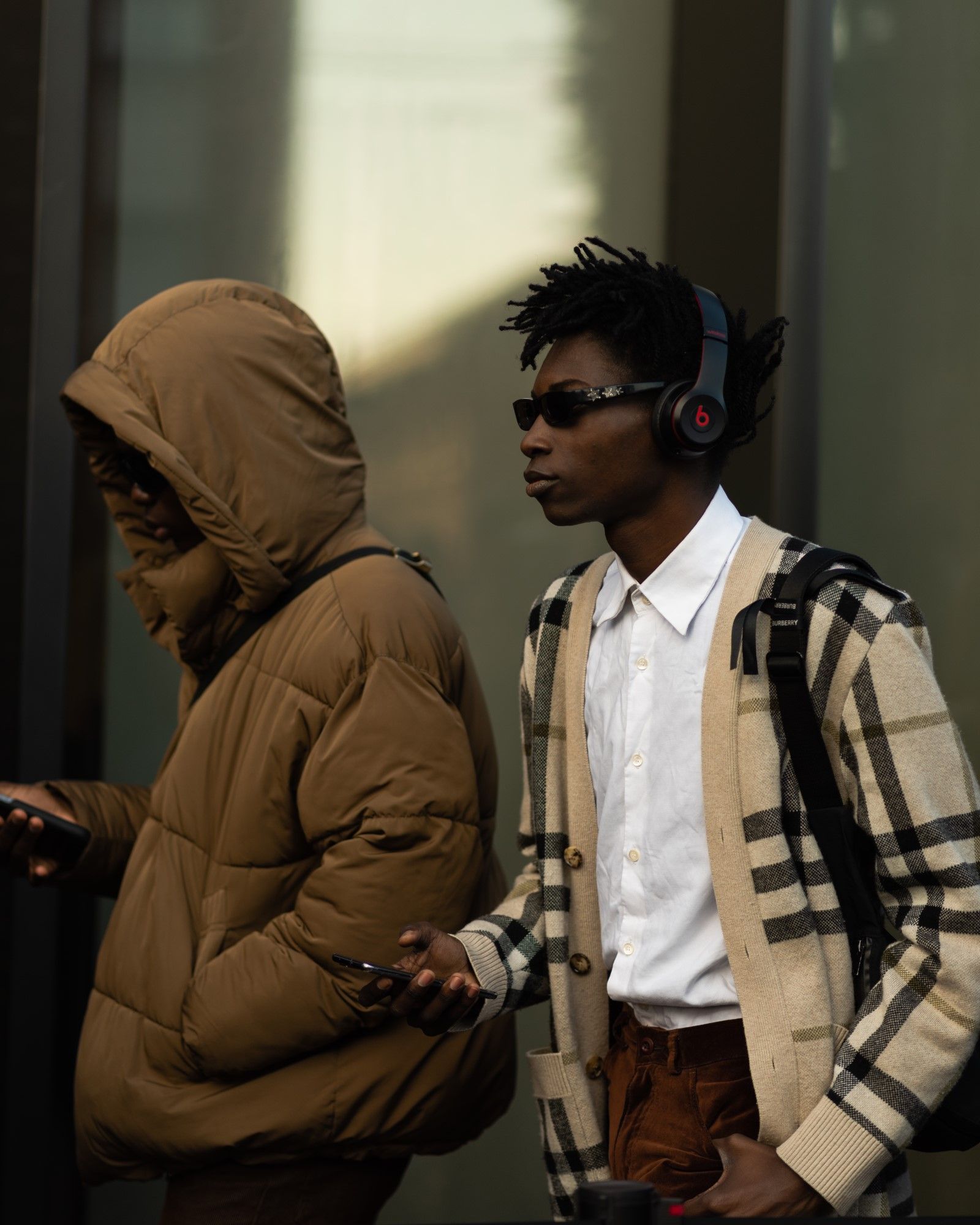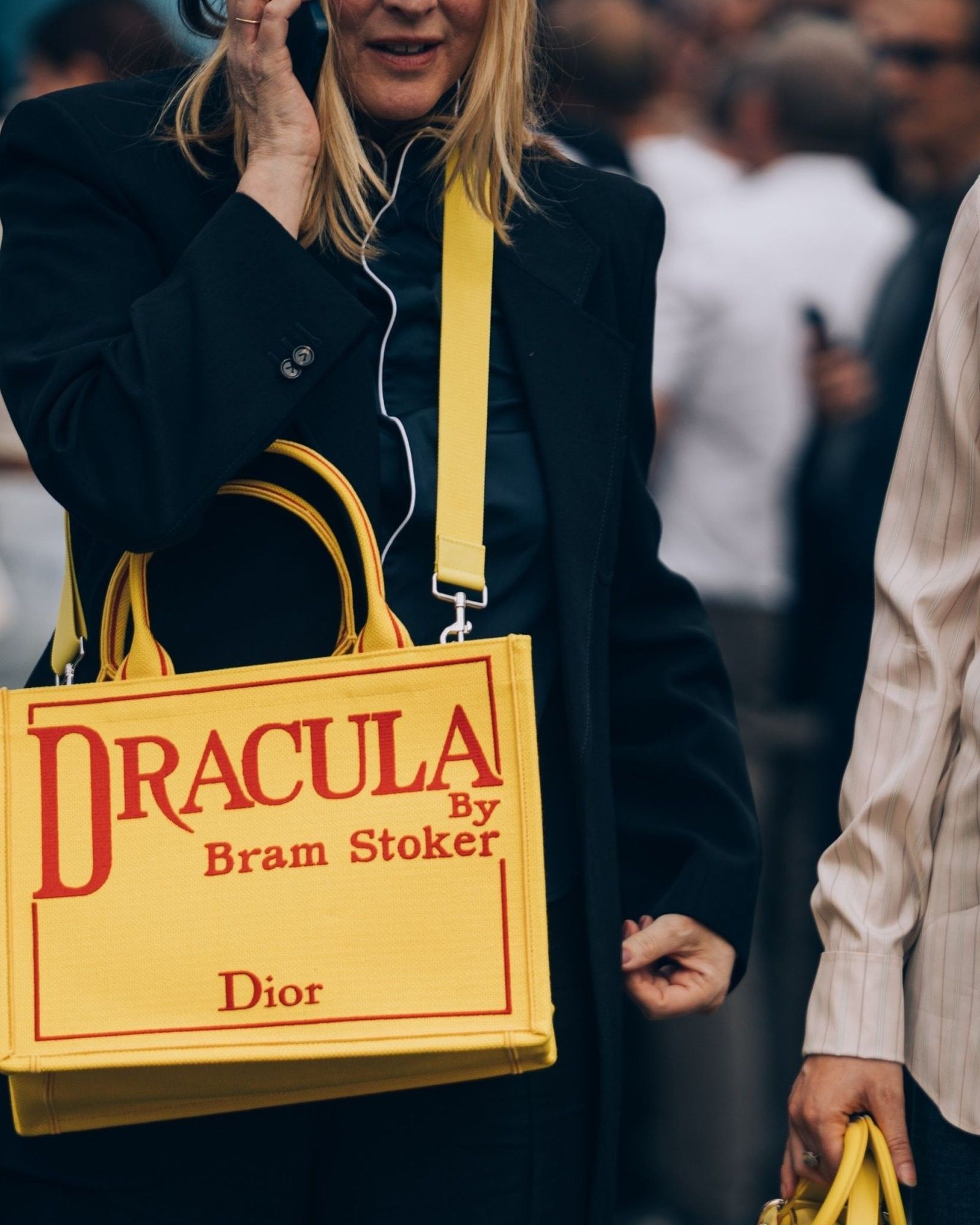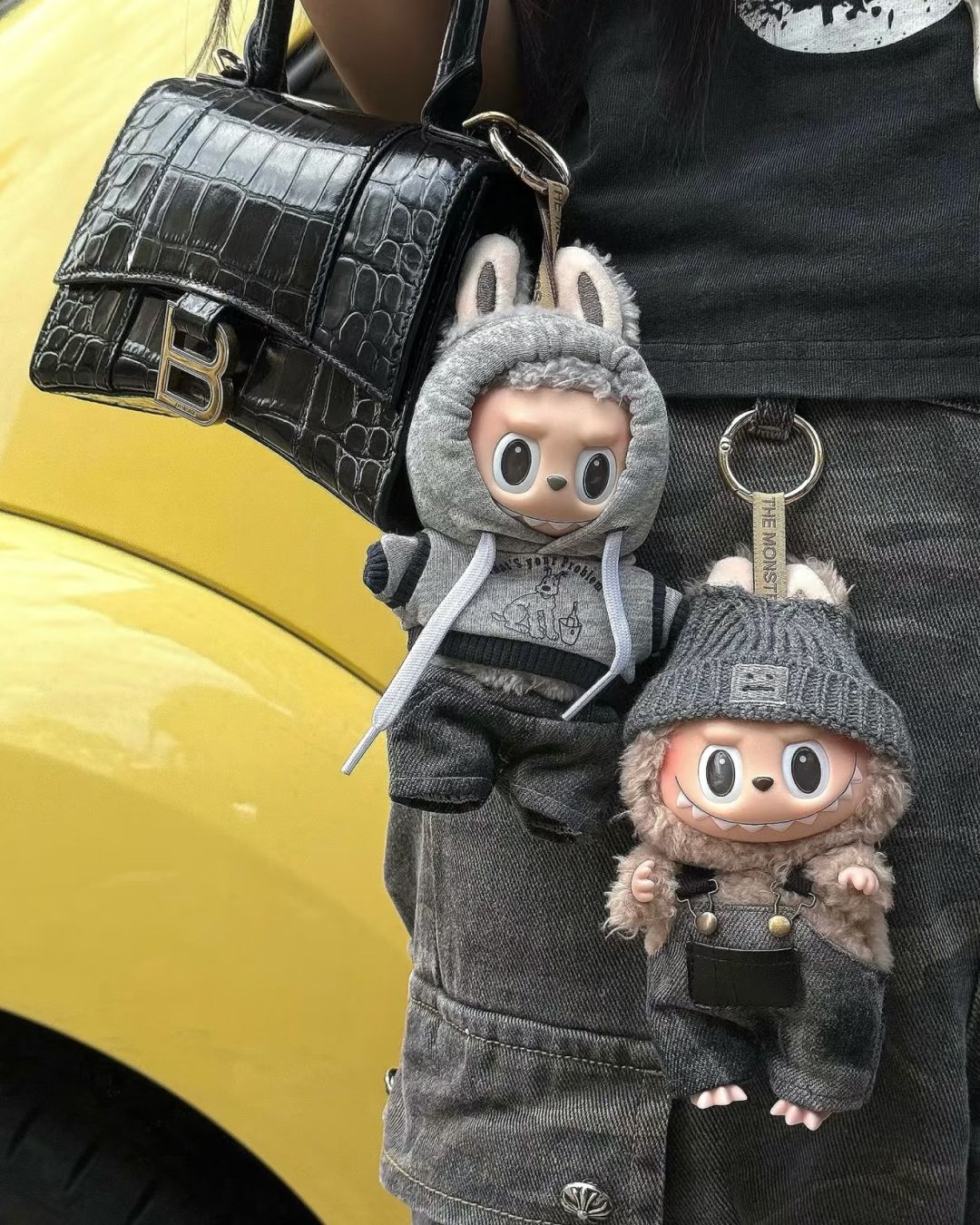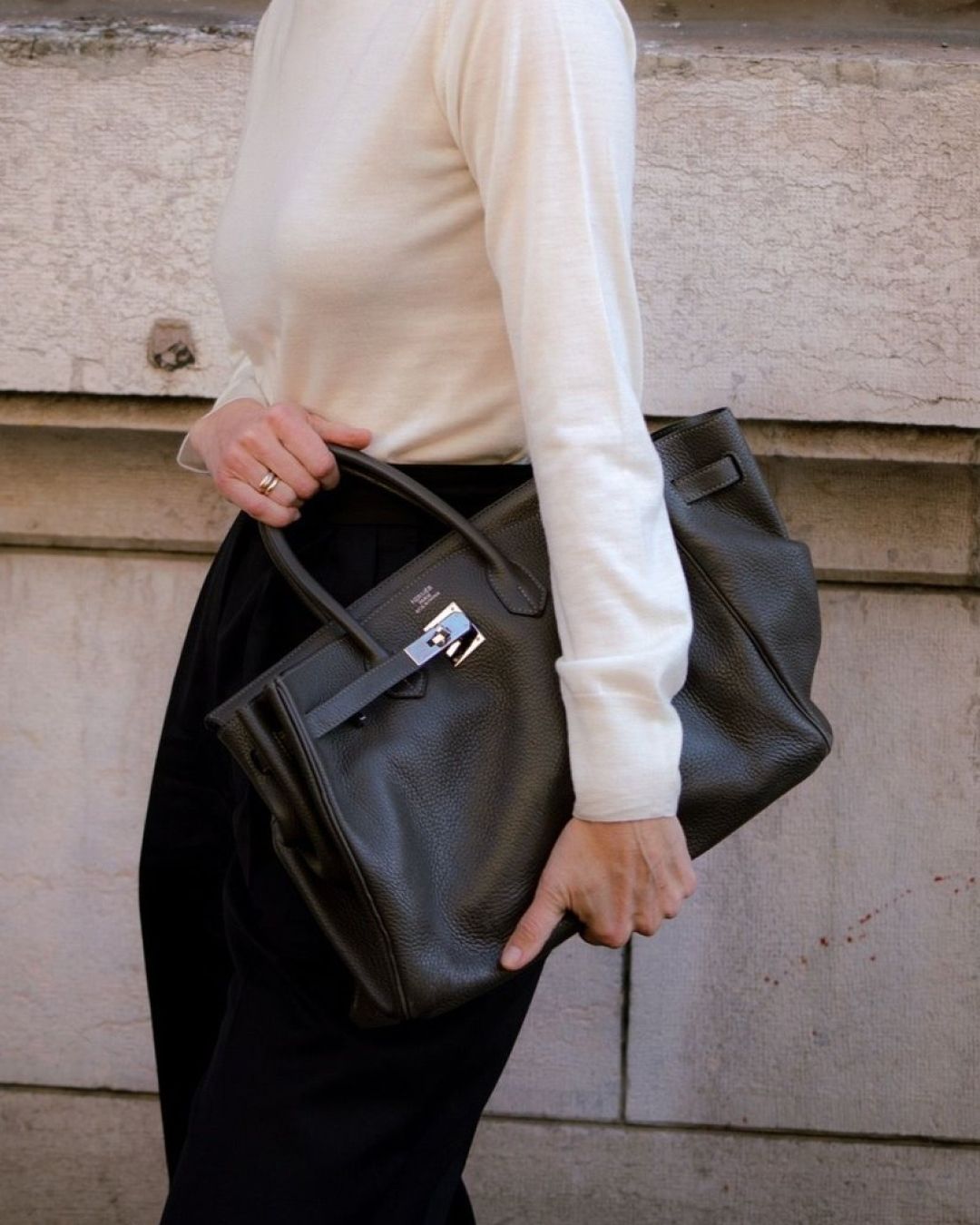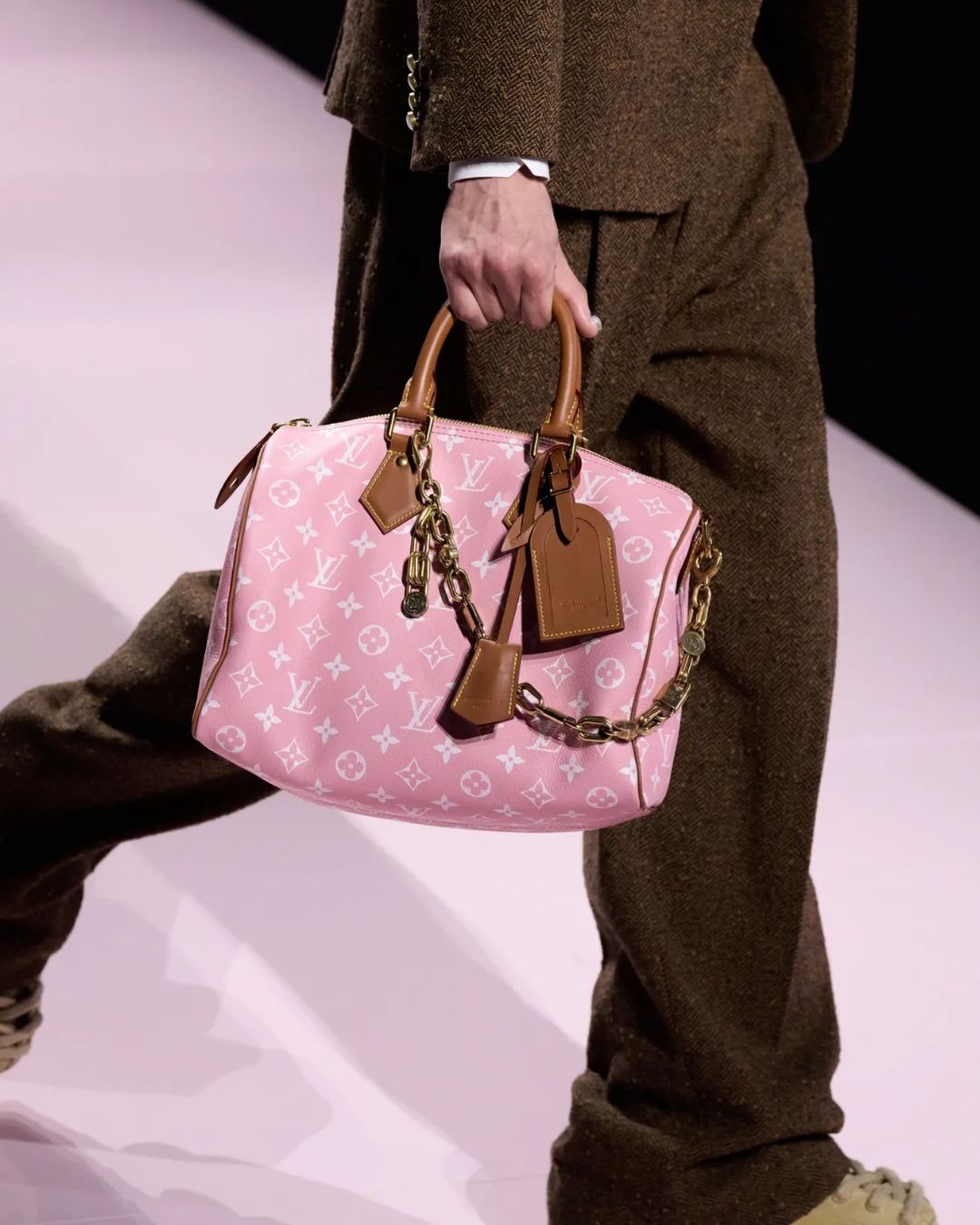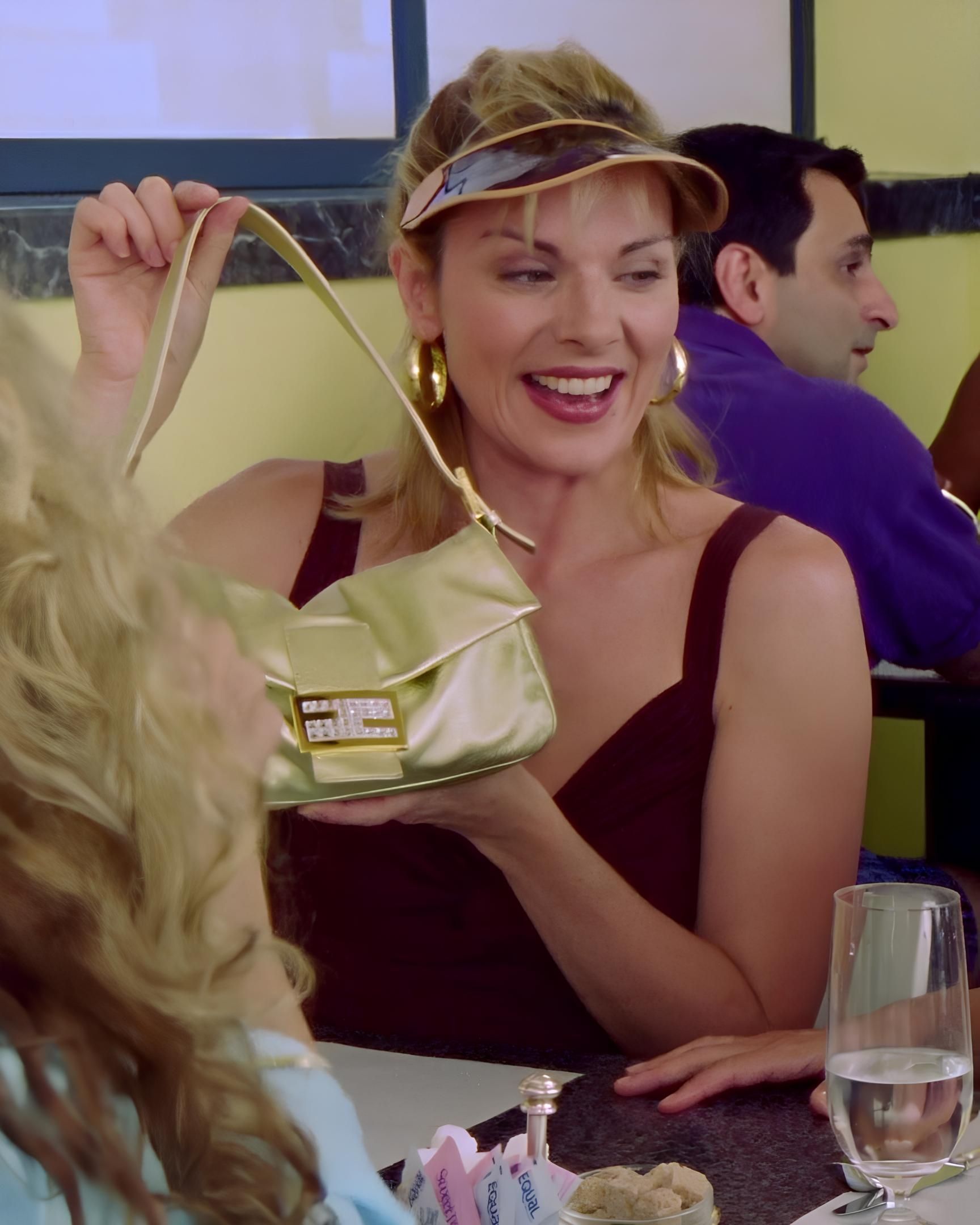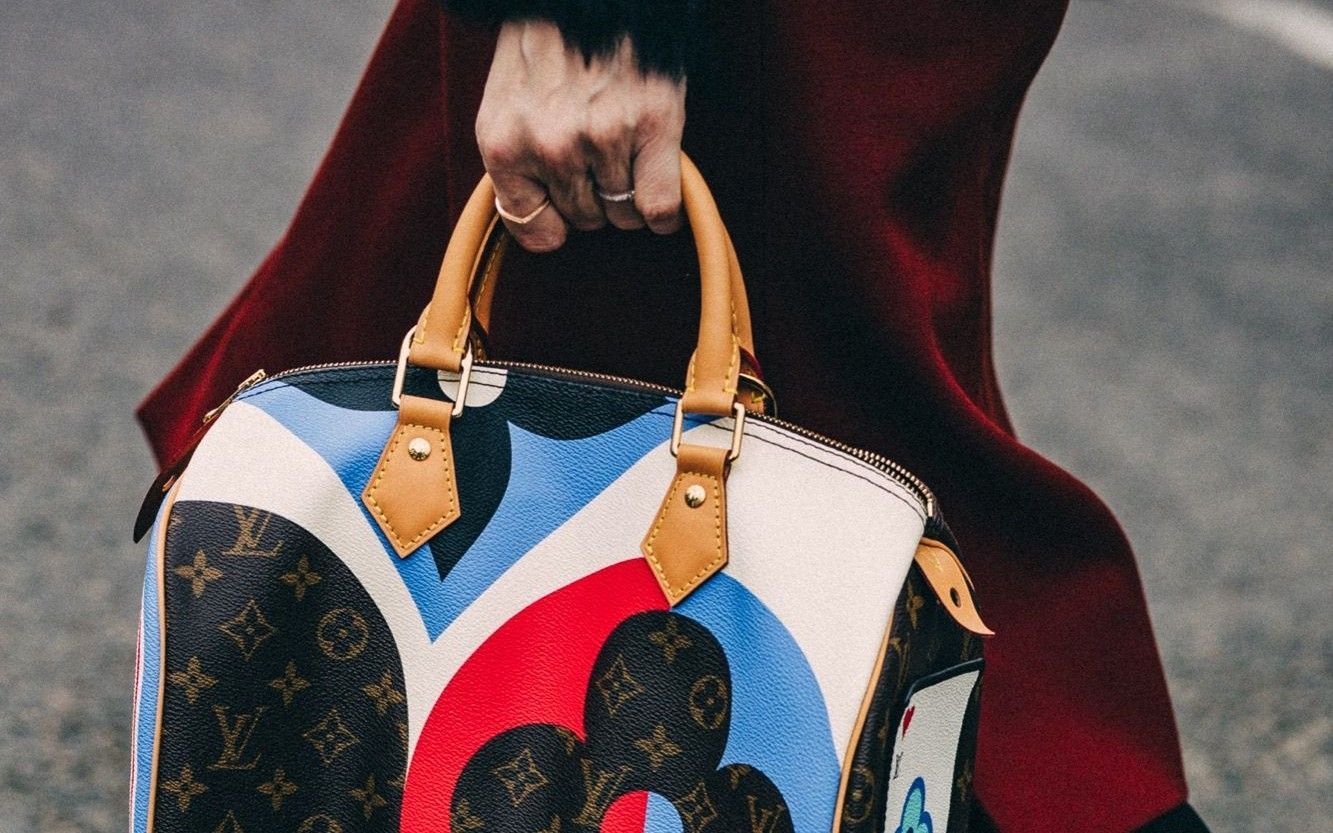
Why more than half of Gen Z started buying fake fashion Culture of branding versus culture of craftmanship
Yesterday, a report by the European Union Intellectual Property Office revealed, as reported by The Fashion Law, «that 52 percent of surveyed consumers had purchased at least one counterfeit good online in the last 12 months – with 37 percent of them acquiring the fake product(s) on purpose». The survey, which involved individuals aged 15 to 24 from all European Union countries, recorded a huge increase in consumers of fake products, which were only 14 percent of the total in 2019. Of these products, 31 percent were clothing and footwear, and the main reasons cited by respondents to explain the purchase of fakes were affordability, a literal disregard for product authenticity, and the belief that there is no difference between real and fake, as well as the relative ease with which these purchases can be conducted, citing among the reasons the influence of people they knew. Things get even more interesting when it comes to the respondents' opinion of fakes: most said they would give up fakes if original products were more affordable, if the fakes were of poor quality, if the security of the online transaction was compromised, or if the products themselves turned out to be dangerous or harmful to health. Many of these fakes, as also highlighted by Highsnobiety, come from portals like DHGate, or even from Vinted or Ebay, and haul videos of young Gen Z members proudly displaying their acquisitions have become popular on TikTok. The results of this research say something about both the new generation of luxury consumers and the state of the fashion industry.
@sorayas.mom Chile I was shook!!! #fyp #dhgate #dhgateunboxing #dhgatefinds #dhgatehaul #dhgatereviews my video blew up - الخام
On the consumer side, this report not only changes the meaning of that figure that Gen Z will be responsible for 50 percent of fashion product sales, but also describes how members of this generation relate to the concept of luxury. If more and more young consumers are consciously buying fake products, it is because the aggressive marketing tactics of fashion brands, directed precisely at Gen Z, are beginning to have side effects: the desirability of branded products increases but the desire aroused in members of Gen Z is vented in the market for fakes and not in the market for authentic products - the result of marketing aimed at the masses but with prices aimed at an elite. Those who buy fakes, no matter what, want to experience the intoxication of the logo without the price of the logo-demonstrating how the ubiquity of fashion marketing has created a mindset whereby a certain monogram or logo is so desirable that notions of product quality and authenticity take a back seat and the only thing that matters is owning a recognizable product, whether real or fake. It is no longer about craftsmanship or in-store experience or even trivially about the quality of materials-it all resolves into the purely visual nature of a certain silhouette or logo.
For brands, the explosion of fakes certainly does not represent a downfall - after all, these figures only mean that their products are in such demand that consumers are bending over backwards to get them. Yet this huge spread of replicas and fakes could represent a reaction to brands' tactic of selling inexpensively produced branded products such as cotton T-shirts or rubber slippers alongside authentically luxurious products. The simplification of design designed for the mass market (practically every brand sells a branded version of Stan Smiths or Converse) has opened the door to new categories of products that are highly desired but also easily reproduced such as the aforementioned t-shirts and flip-flops but also as bags, hoodies, down jackets or sneakers. But it should also be pointed out, from what can be seen in the hauls of fake products on TikTok, that many of the fakes seen online are nowhere near as polished as the press would like to lead one to believe: a careful eye can see, even through TikTok, inaccuracies in the fonts of the logos or in the labels themselves, shoddy materials and prints, and clearly pedestrian constructions. Only a few fakes are authentically convincing - and thus the problem lies in the fact that those who buy fakes are unable to recognize the true colors of a Dior Oblique pattern, the lettering of brands like Prada or Gucci, or the way Bottega Veneta's leather folds softly without wrinkling everywhere.
It all comes down, then, to a question of culture. Those who possess the culture of craftsmanship will always appreciate not only the authentic product but will also prefer to branded products other products that are perhaps more anonymous but also more handcrafted. On the other hand, anyone could buy a fake if it was 100 percent unrecognizable - but at this point the craftmanship of the counterfeiter would be identical to that of the real artisans. But paradoxically, it is precisely craftsmanship that is an often neglected element in the communication of fashion brands, which address the public in terms of "exclusivity" but without educating new consumers to appreciate the perfection of stitching, the texture and durability of materials, the tricks and preciousness of construction. The result of this emphasis on branding is told by the EUIPO report: a new generation of consumers so obsessed with logos that they forget about quality.










































